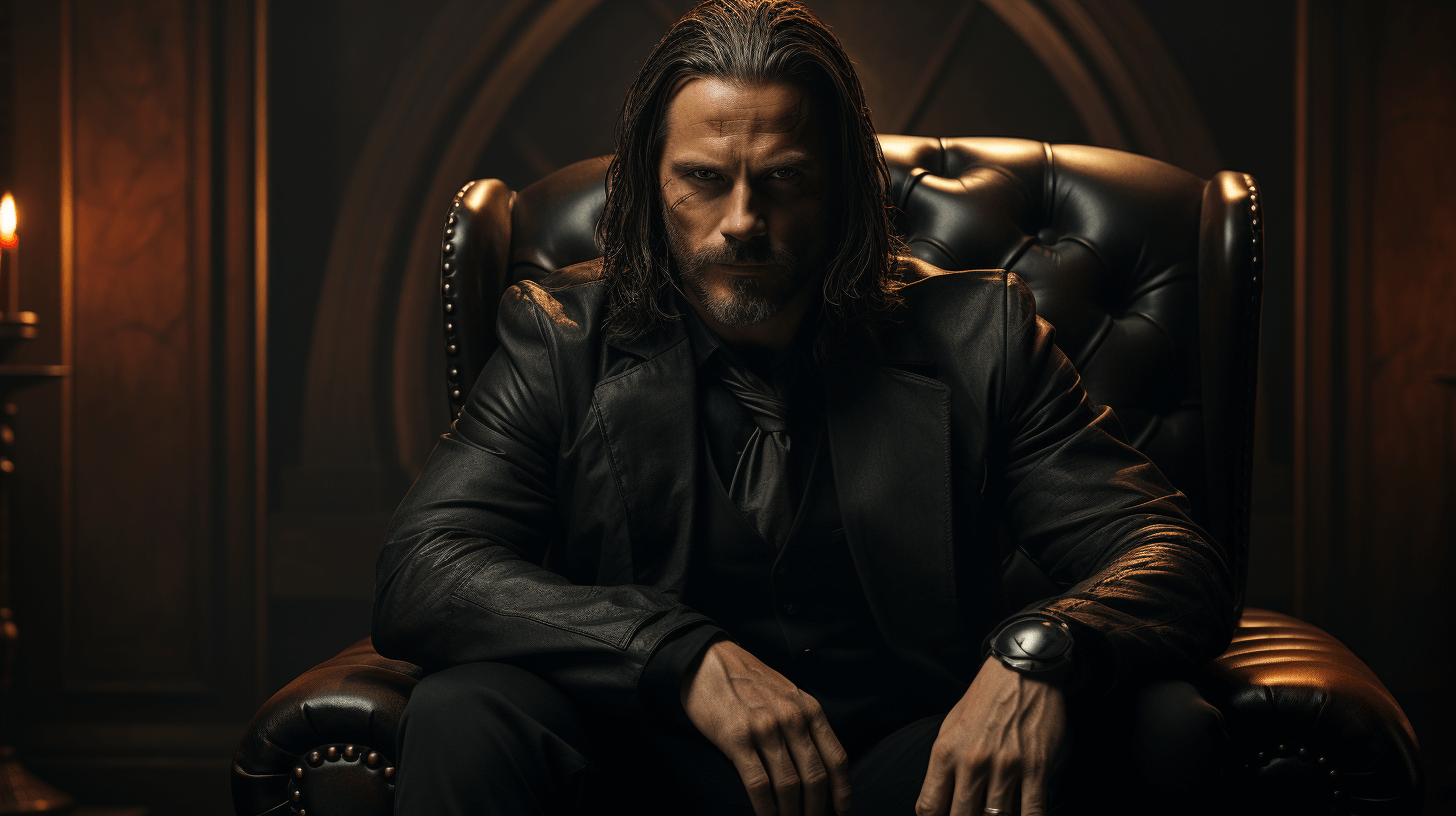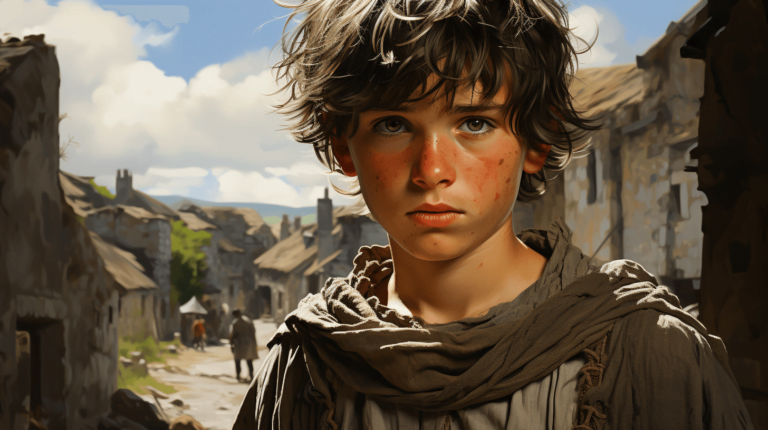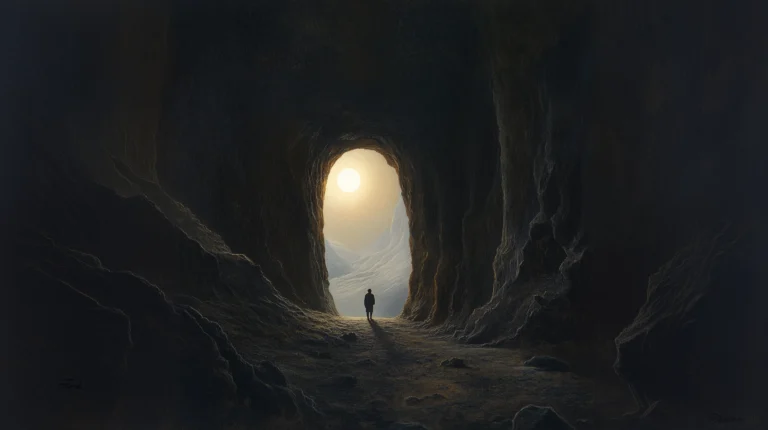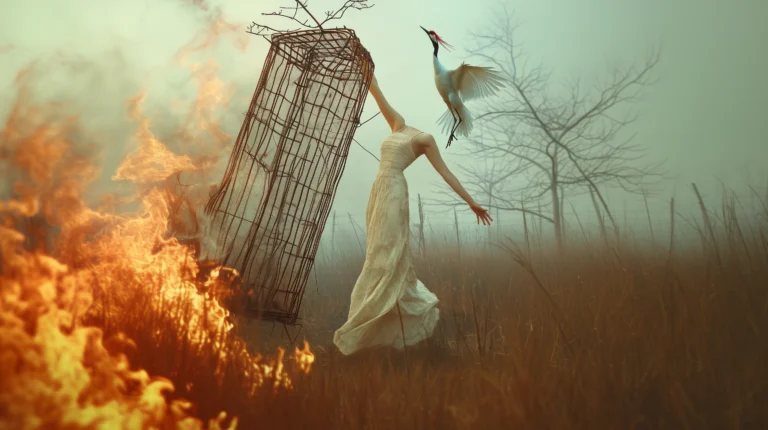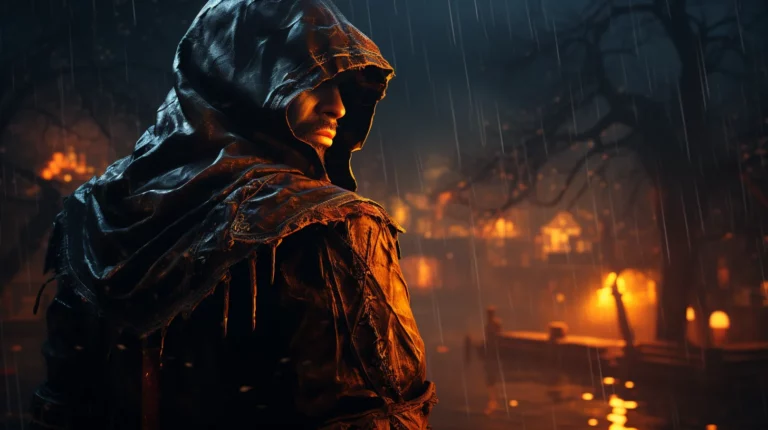The Villain’s Journey
In the annals of storytelling, the villain’s role is as critical as that of the hero. The interplay between light and darkness, good and evil, creates a narrative dynamic that is as old as human culture itself. The “Villain’s Journey,” a concept mirroring Joseph Campbell’s famed “Hero’s Journey,” charts the path of a character who chooses a darker route, driven by unchecked ambition, a thirst for power, or a distorted sense of justice.
While Campbell’s monomyth primarily explores the hero’s transformative cycle, the Villain’s Journey is an intriguing exploration of the complex pathways that lead a character into the realms of villainy. This darker journey illuminates the psyche of the antagonist, creating a narrative tension that is both compelling and unsettling.
The Villain’s Journey is characterized by stages that mirror those of the Hero’s Journey, but are twisted and dark, underscoring the destructive nature of the villain’s path. It begins with the Call to Power, progressing through the influence of a Dark Mentor, the gathering of minions, the claiming of dark power, and the crossing of ethical thresholds. It culminates in battles with nemeses, the villain’s transformation into a ‘dragon,’ their descent into self-destruction, and a false apotheosis. The misuse of their ‘elixir,’ their downfall, and their eventual demise – potentially with a chance for redemption – mark the journey’s end.
The Villain’s Journey is not a glorification of evil, but a study of the destructive consequences of power untamed by compassion and ambition unchecked by morality. The Villain’s Journey can be framed as a mirror to the Hero’s Journey. However, it’s essential to note that not all villains follow a distinct “Villain’s Journey”, just as not all heroes strictly adhere to the Hero’s Journey. But if we were to envision a Villain’s Journey, it could look something like this:
The Call to Power

Unlike the Hero’s Call to Adventure, which is often initiated by a desire to do good, protect, or discover, the Villain’s Call to Power is motivated by a thirst for control, dominance, or a distorted form of justice. This call is an intense internal or external stimulus that motivates the villain to embark on their journey. The villain might desire power to correct a perceived injustice, seek revenge, or simply crave power for its own sake. This stage serves to explain the villain’s motivations and give depth to their character.
“Nearly all men can stand adversity, but if you want to test a man’s character, give him power.”
Abraham Lincoln
The Dark Mentor

In this stage, the villain encounters a figure or philosophy that further propels them down their dark path. This Dark Mentor could be an individual who shares their ambitions or a system of beliefs that encourages their pursuit of power. This mentor does not guide the villain towards growth and wisdom like the hero’s mentor. Instead, they help the villain sharpen their dark talents, reinforce their harmful beliefs, or supply them with tools to achieve their destructive goals. The Dark Mentor’s influence often cements the villain’s commitment to their path.
“We become the books we read.”
Matthew Kelly
Tests, Minions, and Rivals

As the villain’s journey progresses, they, too, face tests and challenges that strengthen their resolve and skills. They might acquire minions, individuals swayed by the villain’s power or charisma, who aid the villain in their quests. These minions serve as tools for the villain’s ambitions, and their interactions with the villain often emphasize the villain’s growing power and ruthlessness. Additionally, the villain might face rivals – other individuals or groups seeking the same power or goal, creating a competitive dynamic that further propels the villain’s journey.
“The only way to deal with an unfree world is to become so absolutely free that your very existence is an act of rebellion.”
Albert Camus
Claiming the Dark Power

This is a crucial turning point in the Villain’s Journey, akin to the hero’s moment of victory or acquisition of a magical boon. The villain obtains the power they’ve been seeking, be it an artifact of great power, a position of authority, or a destructive ability. This power is usually gained through malicious actions, such as betrayal, murder, or manipulation, further emphasizing the villain’s moral downfall. With this power, the villain poses a significant threat to the hero and the world, marking the transition into the next stages of their journey.
“Power tends to corrupt, and absolute power corrupts absolutely.”
Lord Acton
Twisted Threshold Crossing

This stage parallels the Threshold Crossing in the Hero’s Journey but takes a darker tone. The villain crosses a moral or ethical line that irrevocably solidifies their status as a villain. It could be a significant act of betrayal, violence, or cruelty, and it’s often a point of no return. The twisted threshold crossing not only demonstrates the villain’s disregard for morals and ethical boundaries, but it also further alienates them from others, deepening their isolation and commitment to their dark path.
“He who fights with monsters should be careful lest he thereby become a monster. And if thou gaze long into an abyss, the abyss will also gaze into thee.”
Friedrich Nietzsche
Nemesis-Battle
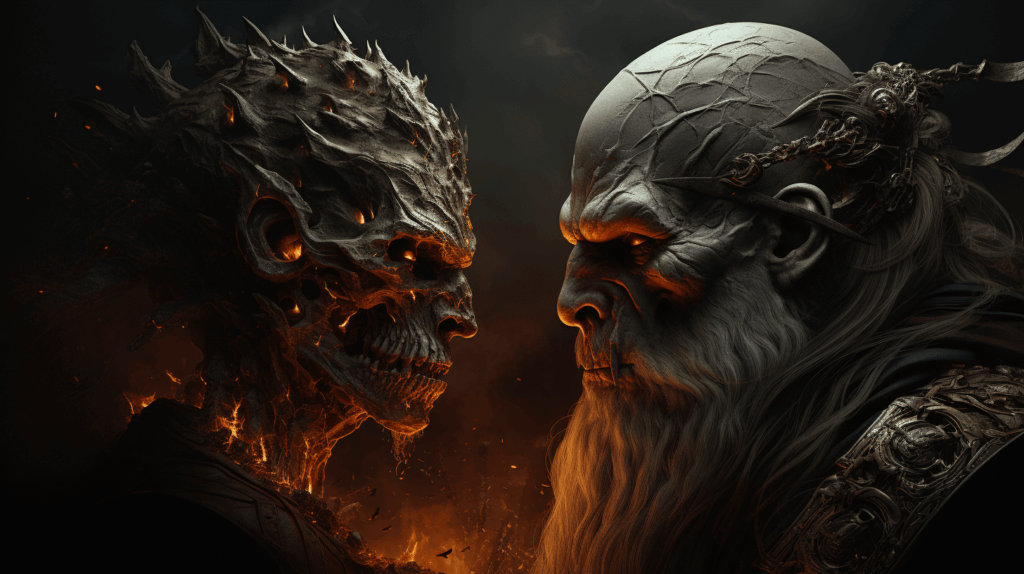
In this stage, the villain confronts a personal enemy or significant obstacle to their plans. This ‘nemesis’ is usually a figure who stands for everything the villain opposes, and their conflict might be personal, philosophical, or physical. This could be the hero or another character who resists the villain’s ambitions. The Nemesis-Battle underscores the clash between the villain’s warped values and the more altruistic or moral values of their opposition.
“Man is not what he thinks he is, he is what he hides.”
André Malraux
Dragonhood

In the Hero’s Journey, the Dragon-Battle involves a significant conflict with a powerful enemy. In the Villain’s Journey, the villain becomes that powerful enemy. The Dragonhood stage is when the villain fully embodies their role as a threat to the hero and the world at large. They may use their power to inflict widespread harm or to maintain a reign of terror. This stage showcases the villain’s full strength and the extent of their willingness to cause harm.
“I am the dragon breathing fire.”
Beyoncé
Self-Destruction
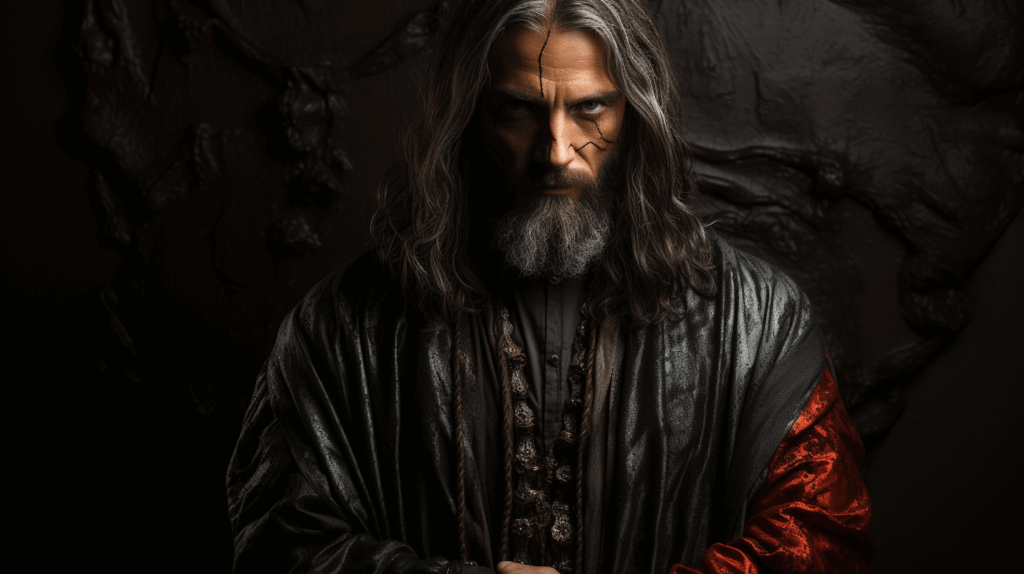
In the Hero’s Journey, Dismemberment or Death often signifies a transformative moment. In the Villain’s Journey, it typically denotes a descent into self-destruction. The choices and actions of the villain often lead to their downfall. They might lose their sanity, their humanity, or their life as a consequence of their lust for power. The self-destruction stage illustrates the destructive consequences of the villain’s path, serving as a counterpoint to the hero’s growth and transformation.
“Destruction leads to a very rough road, but it also breeds creation.”
Red Hot Chili Peppers
False Apotheosis

In the Hero’s Journey, Apotheosis signifies the hero’s attainment of divine knowledge or enlightenment. In the Villain’s Journey, the villain experiences a False Apotheosis. They believe they’ve achieved a divine-like state, but their ‘enlightenment’ is twisted. Their power is derived from fear, control, or destruction, rather than wisdom, love, or sacrifice. This stage emphasizes the corrupt nature of the villain’s power and the stark contrast between their path and the hero’s journey.
“Every man is a divinity in disguise, a god playing the fool.”
Ralph Waldo
Elixir Misuse

In the Hero’s Journey, the Elixir represents the knowledge or boon the hero brings back to their community. In the Villain’s Journey, the villain obtains a similar ‘elixir,’ but instead of using it for the betterment of others, they use it for selfish or destructive ends. This could involve using a powerful artifact to dominate others, manipulating newfound knowledge for personal gain, or exerting authority to sow discord. This stage further highlights the villain’s disregard for the collective good and their focus on personal ambition.
“Knowledge, like air, is vital to life. Like air, no one should be denied it.”
Alan Moore, V for Vendetta
Downfall

The Return in the Hero’s Journey often signifies the hero’s victorious return to their ordinary world, bringing with them the fruits of their journey. Conversely, in the Villain’s Journey, the Return usually signifies the villain’s downfall. The villain’s ambition, disregard for others, and misuse of power typically lead to their defeat at the hands of the hero. This downfall might involve losing their power, facing justice, or witnessing the failure of their plans. This stage is a crucial turning point, often leading to the climax of the narrative.
“Every act of rebellion expresses a nostalgia for innocence and an appeal to the essence of being.”
Albert Camus
Demise and Potential for Redemption

In the end, the villain often meets their demise, a result of their destructive choices and actions. This demise can be physical death or a metaphorical death, such as losing all power and influence. However, some narratives might offer the villain a chance for redemption at this stage. Given a final choice, some villains may recognize the error of their ways and make a last-ditch effort to rectify their wrongs, adding a layer of complexity to their character and journey.
“Every saint has a past, and every sinner has a future.”
Oscar Wilde
Summary
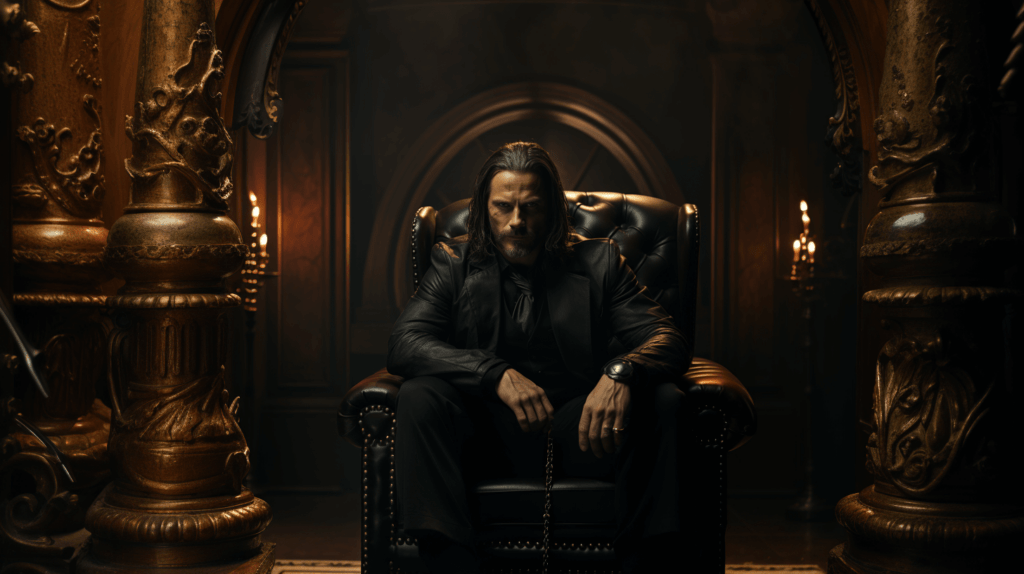
The Villain’s Journey, while shadowy and fraught with destructive choices, adds significant depth and tension to any narrative. It’s a chilling exploration of a path not taken, a mirror held up to the Hero’s Journey that starkly highlights the destructive potential of power and ambition.
In their journey, villains cross twisted thresholds, engage in battles with nemeses, embody the monstrous ‘dragon,’ and spiral into self-destruction. They experience a false apotheosis, misuse their ‘elixir,’ suffer a downfall, and meet their demise. While this path is often marked by pain, suffering, and loss – both for the villain and those around them – it serves as a potent narrative cautionary tale about the dangers of unchecked power and distorted justice.
Some villains may find a chance at redemption, a narrative turn that adds complexity to their character and underscores the potential for change, even amidst the darkest journeys. However, this does not glorify their actions but rather emphasizes the enduring human capacity for change.
In conclusion, the Villain’s Journey, with its dark allure, is an integral part of the narrative tapestry. It provides a complex, nuanced examination of characters who choose a path of darkness, serving as a critical counterpoint to the Hero’s Journey and reinforcing the timeless narrative dichotomy between light and darkness, good and evil. It’s a stark reminder that every choice has consequences, and power, without compassion or restraint, can lead to a destructive end.
Ballad of the Fallen Star

In shadows deep where light dare not reside,
A call to power whispers, low and wide.
A siren song that lures hearts to the tide,
Of power unchecked, and virtue cast aside.
A mentor dark, with wisdom cruel and cold,
Feeds eager minds with lies spun into gold.
Through tests and trials, in a world uncontrolled,
The seeds of a villain, in whispers, are told.
Claiming power dark, a wretched, twisted crown,
A soul once pure, in corruption, will drown.
Across a wicked threshold, without a frown,
Marches the villain, in darkness, renown.
The nemesis awaits, a foe to decry,
Battles waged under a merciless sky.
Now Dragonhood takes hold, with a sigh,
Becoming the terror that all will vilify.
But the self destruction lies not far behind,
For power corrupts the heart, soul, and mind.
A false god now, humanity left behind,
In the misuse of the elixir, a downfall designed.
Down the spiraling path, their descent is traced,
In the echoes of innocence long misplaced.
The end draws near, destruction embraced,
A life of torment, in darkness encased.
Yet in the final breath, a glimmer so faint,
The potential for redemption, the portrait of a saint.
For even the villain, under evil’s taint,
May yearn for a canvas fresh and without paint.
In the journey of the villain, a tale untold,
Lie lessons of power, and hearts grown cold.
Yet even in darkness, take hold,
Of redemption’s promise, forever bold.

